The search for the Holy Grail
What matters in your role? Where should you be focusing your time and energy? How do you think your manager might answer this question? Do you think their answer would be different to your own?
When working with clients using the Business Acumen Gauge, I am often reminded that our basic perceptions about fundamental aspects of our working life are often very different from those we work with. This is the realm of role clarity, the elusive ‘Holy Grail’ of human resources management and workforce development.
We recruit for certain skills and characteristics. Then, once selected, a new team member is given a job description, which is meant to describe the role and its required outcomes. In practice, job descriptions are often poorly maintained as the rate of change in structures and role demands outpaces the ability to keep them up to date. On top of this, job descriptions are often very broad and all inclusive, with general ‘catch all’ responsibilities included, to avoid the trap of “that’s not in my job description”. The net result is that such documents alone are of limited value in helping create real role clarity.
In the past few months, I’ve debriefed the entire leadership group of one major regional College on their Business Acumen (BA) Gauge results. There were many useful learnings about how individuals demonstrated the 11 capabilities in the BA model. Some very useful patterns also emerged when these results were aggregated for different levels (e.g. Executive Vs Senior Managers) or functional departments.
However, many of the biggest insights came from examining differences in how leaders and their direct managers rated the importance of particular capabilities. In the BA Gauge, importance is rated on a five point scale:
When, for example, a person rates Resource Management at 5 and Strategic Alignment at 2, while their manager rates Resource Management at 2 and Strategic Alignment at 5, what is this telling us about the priorities and scope in the role?
Time and time again, the BA Gauge results identify significant incongruences on importance ratings, between the leaders assessed and their direct managers. This doesn’t mean that the manager is always right, the role may look very different at the coal face. However, often times the person in the role, bombarded by the daily operations realities of their role, can lose perspective on the more important and higher level aspects of the role.
As with all 360 degree feedback diagnostics, there are two ways these add value to participants. First, the data itself is useful, providing clarity on both areas of strength and development needs. However, often the data alone raises questions that cannot be answered by reference to the data alone. Gaining the next level of insight requires conversations, frank discussions about expectations and accountability. This is where the BA Gauge excels as a catalyst, a focal point for conversations that generate real role clarity.
As the rate of change in organisational structure and roles continues to accelerate, such conversations are emerging as the most powerful leadership tool available, to align people’s intention, effort and outcomes.

